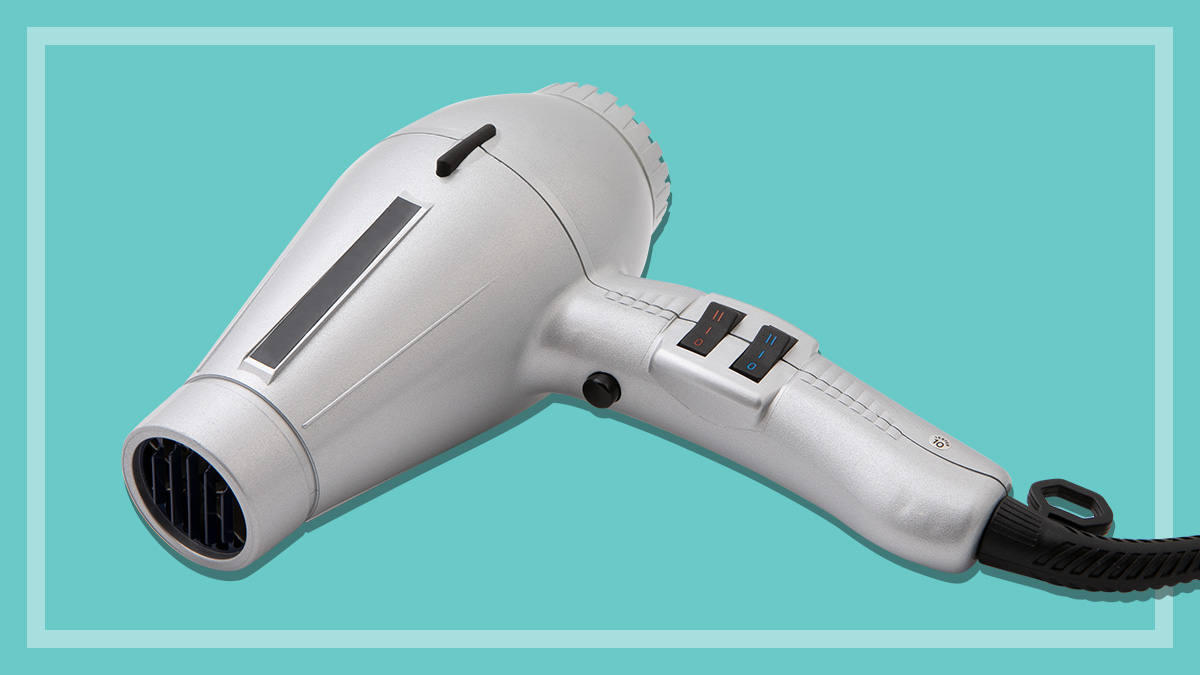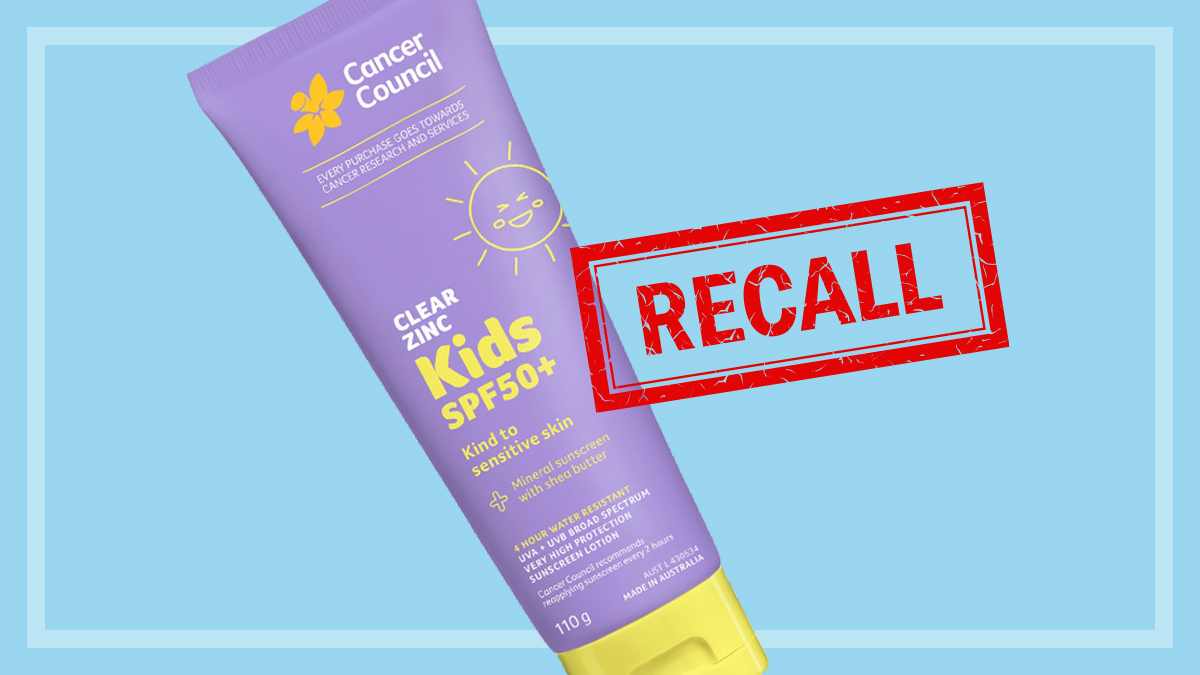Get our independent lab tests, expert reviews and honest advice.
What to consider when buying prescription glasses

Thanks to bulk-billed eye tests and glasses available at discounted rates, a trip to the optometrist is no longer a budget-buster. And if you have extras health cover, you can often get a pair of trendy specs with single-vision lenses for free.
On this page:
But while single-vision lenses with scratch-resistant coating start from $39 with the cheapest frames, top of the range premium designer frames can cost up to $1000 and more. It also gets expensive if you need multi-focal specs that correct both near and far vision problems.
Where to buy glasses
Two international companies dominate the Australian market: Specsavers, and Luxottica, which owns OPSM and Laubman & Pank. Big W is another big player, with 42 optical stores inside their regular stores in Victoria, NSW, South Australia and Queensland.
Some health funds also run optical stores. Australia’s largest health insurer Bupa has 38 optical stores across Victoria, South Australia, Queensland and NSW. Other funds including Peoplecare, Teachers Health, Nurses & Midwives Health, RT Health and Health Partners also own one or more optical stores.
In addition, there are independent optical stores and online optical stores
Big chains vs independents
Specsavers launched in Australia just over 10 years ago and has 113 regional, 200 metro and 14 CBD optical stores Australia wide. In 2017–18, Specsavers sold more than 20.5 million frames, 500 million contact lenses, and 337,770 hearing aids throughout Europe and Australia/New Zealand.
Luxottica
Luxottica’s holding company, Luxottica Group S.p.A, is the world’s largest supplier of eyewear, with net sales of close to 14.7 billion in 2017. In Australia, Luxottica has merged with one of the largest lens-making companies, Essilor. Luxottica also has retail outlets OPSM and Laubman & Pank.
- OPSM opened its first Australian store in Sydney in 1932. Today it has 323 stores across Australia and is also servicing customers in regional areas with a third of their shops located outside capital cities. OPSM says does eye test for more than one million Australians each year.
- Laubman & Pank was formed in 1908 as a partnership of two South Australian optometrists, Carl Laubman and Harold Pank. Today, Laubman & Pank Optometrists has close to 40 stores across South Australia, Western Australia and Queensland.
The independents fight back
A large number of independent stores belong to optical networks, which gives them greater buying power and marketing reach.
- Provision: About 450 independent optical shops belong to the Provision network and receive business support for buying and marketing so they can compete on price with the large stores.
- VSP: Almost 350 independent optical shops are part of the VSP which is a B2B network. For example, customers of stores including Eye Q (25 stores) have access to agreements and discounts which VSP negotiates with health funds. Some of the health funds VSP has agreements with include Medibank, HBF, Defence Health, Navy Health, Teachers Health and GMHBA (including Budget Direct, Frank and MyOwn).
Specsavers
- Single vision from $39 (cheapest frames and scratch resistant lenses). Most popular offer: two pairs for $199. Add $50–$70 for anti-reflective coating per pair.
- Multi-focal: Most popular offer: two pairs of mid-range lenses with $199 frame range for $349. Add $50–$70 for anti-reflective coating per pair
– Basic range from $189
– Mid-range from $289
– Top range from $389 - Designer frames: Alex Perry, Balmain, Boss, Carla Zampatti, Cath Kidston, Collette Dinnigan, Converse, Country Road, Diesel, Disney Kids, Ellery, Gant, Hackett, Henri Lloyd, Jeff Banks, Karen Millen, Kylie Minogue, Love Moschino, Quiksilver, Roxy, Superdry, Timberland, Tommy Hilfiger, Will.i.am
- Health funds*: AAMI, ACA, AHM, Apia, Australian Unity, Budget Direct, Bupa, CBHS, CUA, Defence Health, Doctors Health, Frank, GMHBA, HCF, HCI, HBF, HIF, Medibank, MyOwn, Navy Health, NIB, Onemedifund, Qantas, QCH, Peoplecare, Phoenix, Reserve Bank Health Society, St.LukesHealth, Suncorp, Westfund
- Warranty: 2 years
- Exchange for multi-focals: 3 months
- Bulk-billed eye tests: Yes
OPSM
- Single vision from $99 (cheapest frames and scratch resistant lenses). Add $100 for anti-reflective coating for basic and mid-range.
- Multi focal (Add $100 for anti-reflective coating for basic and mid-range).
– Basic range from $329
– Mid-range from $429
– Top range from $659 - Designer frames: Armani Exchange, Brooks Brothers, Burberry, Bvlgari, Chanel, Dolce & Gabbana, Giorgio Armani, Michael Kors, Miu Miu, Oakley, Oakley Youth, Oliver Peoples, Oroton, Persol, Polo, Polo Prep, Prada, Prada Linea Rossa, Ralph, Ray-Ban, Ray-Ban Junior, Sferoflex, Starck, Tiffany & Co, Versace, Vogue Eyewear, Vogue Eyewear Kids
- Health funds*: ACA, Budget Direct, Bupa, CBHS, CUA, Doctors Health, Frank, GMHBA, HBF, HCI, HIF, Medibank, Navy Health, Nurses & Midwives Health, Onemedifund, Peoplecare, Phoenix, Police Health, QCH, Reserve Bank Health Society, rthealth, St.LukesHealth, TUH, Westfund
- Warranty: 2 years
- Exchange for multi-focals: 30 days money back – all products
- Bulk-billed eye tests: Yes
Laubman & Pank
- Single vision from $99 (cheapest frames and scratch resistant lenses). Add $100 for anti-reflective coating.
- Multi focal (Add $100 for anti-reflective coating for basic and mid-range).
– Basic range from $329
– Mid-range from $429
– Top range from $659 - Designer frames: Armani Exchange, Brooks Brothers, Burberry, Bvlgari, Dolce & Gabbana, Giorgio Armani, Michael Kors, Oakley, Oakley Youth, Oroton, Persol, Polo, Polo Prep, Prada, Prada Linea Rossa, Ralph, Ray-Ban, Ray-Ban Junior, Sferoflex, Tiffany & Co, Versace, Vogue Eyewear, Vogue Eyewear Kids
- Health funds*: ACA, Budget Direct, Bupa, CBHS, CUA, Doctors Health, Frank, GMHBA, HBF, HCI, HIF, Medibank, Navy Health, Nurses & Midwives Health, Onemedifund, Peoplecare, Phoenix, Police Health, QCH, Reserve Bank Health Society, rthealth, St.LukesHealth, TUH, Westfund
- Warranty: 2 years
- Exchange for multi-focals: 30 days money back – all products
- Bulk-billed eye tests: Yes
Big W
- Single vision from $66 (with cheapest frames and scratch resistant lenses). Add $50 for anti-reflective coating.
- Multi focal: (Add $50 for anti-reflective coating)
– Basic range from $186
– Mid-range from $266
– Top from $316 - Designer frames: Guess, Esprit, Calvin Klein, Bebe, Lisa Ho, David Lawrence, Greg Norman, Nine West
- Health funds*: NA
- Warranty: 1 year
- Exchange for multi-focals: 3 months
- Bulk-billed eye tests: Yes
What to look for when buying prescription glasses
The first step before buying glasses is to go for a comprehensive eye examination, this will give you an up-to-date script and can also identify any eye health issues. “An optometrist is qualified to not only prescribe the right lenses to suit your specific vision impairment, they also conduct a comprehensive eye health examination,” says Lyn Brodie, CEO of Optometry Australia.
Lens prescriptions vary depending on each patient’s vision needs, lifestyle and eye health. For example, conditions like dry eyes and cataracts may well be the reasons behind your vision issues.
Frames and lenses are also tailored to improve vision outcomes according to a variety of eye measurements specific to you. Your optometrist will take measurements (such as of the optical centres), discuss with you the distance or reading area needed and look at the tilt of the frame in relation to your face.
Not all frames conform to all scripts. “It’s especially important if you’re buying multi-focal lenses to tell your optometrist and optical dispenser so they can tailor the lenses and frame more precisely for your needs,” says Brodie.
Lenses
There are hundreds or even thousands of different types of lenses, often targeting individual needs such as driving or reading, and your optometrist can help you to find the right one for your needs.
There are four broad types of lenses, but there’ll be many variations available within these:
- Standard optical plastic lenses are the cheapest and generally the ones you’ll see advertised in super-cheap offers – usually with an anti-scratch coating included. Made from lightweight plastic – which has good optical qualities – they’re suitable for single-vision low- or medium-strength prescriptions. However, without a coating they’re prone to scratches and usually not suitable for the more serious end of the prescription scale.
- Aspheric lenses are thinner and flatter, which reduces the cosmetic appearance of “large eye” if you’re far-sighted, or “small eye” if you’re near-sighted.
- Polycarbonate lenses are impact-resistant and used for safety eyewear, kids’ and sports glasses. They give good UV protection and are the first choice for rimless or semi-rimless frames to avoid chipping, but their visual quality can be not as good as other lenses because some polycarbonate lenses they can produce a rainbow effect in the peripheral vision. Good for rainbows, bad for reading.
- Safety eyewear: There are other alternative materials available for kids and people requiring safety eyewear that offer the benefits of being lightweight and impact resistant yet still provide good optical properties. These are known as Trivex or Phoenix lens materials.
- High-index lenses are made from special plastic that uses less material to correct a prescription, so they’re thinner, lighter and very good for strong prescriptions. The higher the index number, the thinner, lighter and more expensive they are.
- Lenses for the office: There are also lenses that are specifically designed for use when you are in the office. If you spend a lot of time in front of a screen or maybe even two, you may be interested in lenses that can provide you with great vision while at work and still allow you walk around the office or go down the street to get a coffee. These lenses provide more comfortable vision than a progressive lens and are perfect for anyone who may experience eyestrain symptoms at the end of a hard day at work.
Do I need multi-focals?
Multi-focal (also called progressive) spectacle lenses correct both near- and long-distance vision, usually in the 40+ age group.
Many retailers offer three different price ranges for multi-focal lenses.
- Basic range
- Mid-range
- Top range
The most expensive progressive lenses are referred to as “tailor-made” or “free-form”, “high-definition” or “latest technology lenses”. But as there are hundreds of different lens options what’s considered basic at one retailer may not be the same quality as basic at another retailer.
And more expensive is not always better. Which one’s best for you depends on your lifestyle and your use of the glasses.
As Specsaver’s head of product Steve O’Leary explains, “A taxi driver who uses his glasses mainly for driving but hasn’t got much requirement for near-vision may be served well with basic or medium progressive lenses, [whereas] an accountant who drives to visit clients but also works on a desk with a computer and therefore needs both near and far vision may need a top-quality progressive lens.”
Usually the better the quality of progressive lens, the less distortion in your peripheral vision, and the less you need to move your head to see different distances.
Lens coatings
After deciding on the type of lens you want, choose the coating:
- Anti-scratch (known as “hard” or “super-hard coating”) is usually standard. It reduces scratching, although no lenses are entirely scratch-proof.
- Anti-reflective (known or included in lens options such as “ultraclear” or “multicoat”) reduces reflection, increasing light passing through and making your eyes more visible (letting other people see your pretty peepers). It also helps night and computer vision by reducing reflections from overhead, street and car lights. These will usually cost you more.
- UV eye protection is usually included in a “multi-coat” coating. High-index, progressive and polycarbonate lenses are already UV-resistant. UV protection can’t guard against all the harm that comes from direct sunlight, so always use sunglasses outdoors.
- Oval: Any frame shape can work. Choose frames that follow the curve and width of your brows.
- Heart shaped: Choose fine and medium frames that help balance your features.
- Round: Look for frames that lengthen your face and add angles to your curves.
- Oblong: Accentuate your face with round and square frames. The goal is to shorten the overall appearance of your face.
- Triangle: Look for geometric frames with colour on the top half to balance out your face.
- Square: Add curves with circular frames, which will help soften prominent cheeks and jawline.
Source: www.goodvisionforlife.com.au
How to find spectacle frames that suit you?
Look for flexibility created by spring or flex hinges or special material such as titanium, as this protects your frames from breaking and make them more comfortable to wear. It’s also a good option if you regularly take your glasses on and off, such as with reading glasses.
Spectacle frames are generally made from the following materials:
- Plastic (usually acetate) – Lightweight and available in a variety of colours, patterns, finishes, styles and shapes. Can be less durable than metal and may fade.
- Metal – Can cause allergic reactions and may be heavier than plastic.
- Aluminum – Lightweight and durable, suitable for people with nickel allergies.
- Stainless steel – Lightweight and durable. Widely used, both for its hypoallergenic qualities and because it’s comparatively cheap.
- Titanium – Most expensive type. Flexible and therefore comfortable to wear. Lightweight, durable and hypoallergenic, but harder to adjust and repair.
Is it worth paying more for designer frames?
If the only thing you want is a pair of good quality, durable specs there’s no need to go for designer glasses.
For designer glasses, manufacturers license a high-end designer brand such as Dior, Versace and Dolce & Gabbana – or Disney Kids for first-time specs wearers – and these licensing fees mean higher prices for fashionable glasses. Designer frames may have a more detailed design and may contain embellishments such as a decorative stone. Special materials such as basalt, calf leather or even gold may be used.
But paying a premium for a designer brand does not always guarantee superior quality and durability.
Manufacturers often make both designer frames and no-name ones with the same equipment and materials, and apply the same quality tests to all products, which means you can get a good quality pair of glasses without blowing the budget – sometimes all you’re paying for is the little name on the arm of your new glasses.



